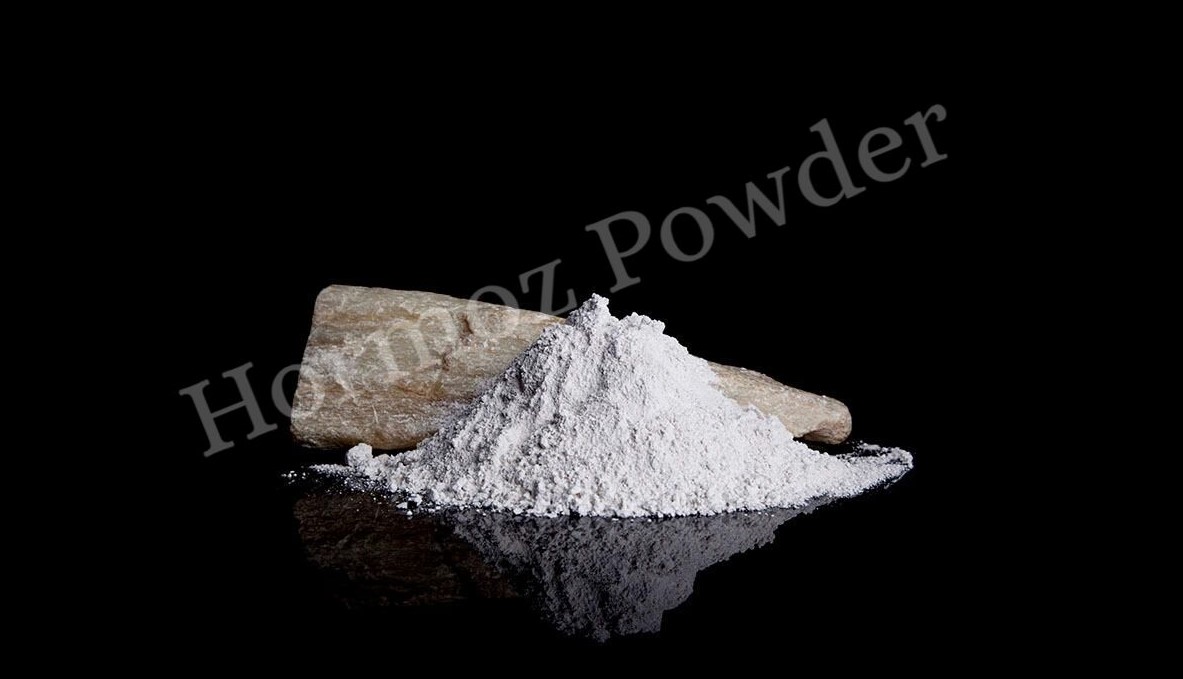Talc
Talc is a naturally occurring mineral known for its softness, smoothness, and lubricating properties. It is a hydrous magnesium silicate mineral formed from the metamorphism of magnesium minerals such as serpentine and pyroxenes. Talc is typically white, gray, green, or bluish in color and is characterized by its exceptional slipperiness, fine particle size, and high chemical stability.

Application
Plastics Industry: Talc is commonly used in the plastics industry as a filler and reinforcing agent. It enhances the rigidity, stiffness, and dimensional stability of plastic products. Talc also improves the impact resistance and heat resistance of plastics.
Cosmetics and Personal Care: Talc is a key ingredient in cosmetics and personal care products, where it is used for its silky texture and anti-caking properties. It is found in products like face powders, eyeshadows, blushes, and body powders, contributing to their smooth application and oil-absorbing properties.
Pharmaceuticals: In the pharmaceutical industry, talc is used as a lubricant in tablet production, ensuring that tablets are released smoothly from molds. It also serves as a glidant, improving powder flow in the manufacturing of pharmaceutical powders.
Paints and Coatings: Talc is employed in the paints and coatings industry as a functional filler. It contributes to improved texture, opacity, and matting properties in paints. In coatings, talc enhances anti-corrosion properties and surface smoothness.
Paper Industry: Talc is used in the paper industry to improve paper opacity and printability. It acts as a filler, enhancing paper quality and enabling the production of high-quality printed materials.
Ceramics Industry: In ceramics, talc is utilized as a flux, reducing the firing temperature of ceramics and improving their thermal expansion characteristics. It also contributes to the whiteness and smoothness of ceramic products.
Adhesives and Sealants: Talc is added to adhesives and sealants to improve their viscosity and bonding strength. It contributes to product consistency and performance.
Agricultural Sector: Talc is used in the agricultural industry as a dusting agent on seeds to prevent them from sticking together during storage and planting. It facilitates uniform seed distribution and ensures optimal germination.
Industrial Lubricants: Talc’s natural lubricating properties make it suitable for various industrial lubricants, including those used in machinery and equipment maintenance.
Paints and Coatings: In the paints and coatings industry, talc serves as a functional extender, enhancing the hiding power, suspension, and texture of coatings and paints. It is known for its ability to improve product quality, opacity, and durability.
Talc’s versatility and unique properties make it an invaluable mineral in various industries, from enhancing the feel and appearance of cosmetics to improving the strength and performance of plastics. Its natural softness, lubricating qualities, and wide range of applications have established it as a sought-after mineral across different sectors.
